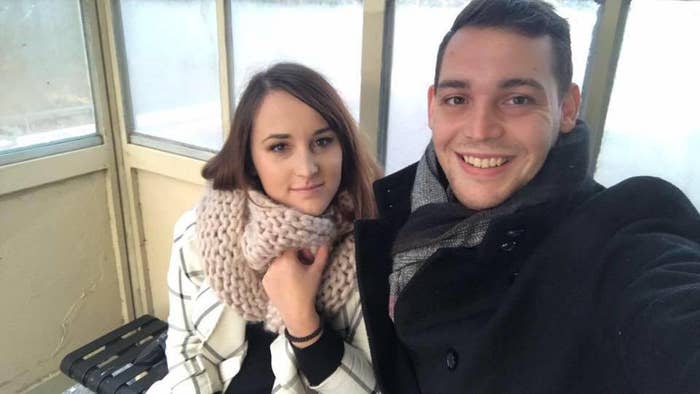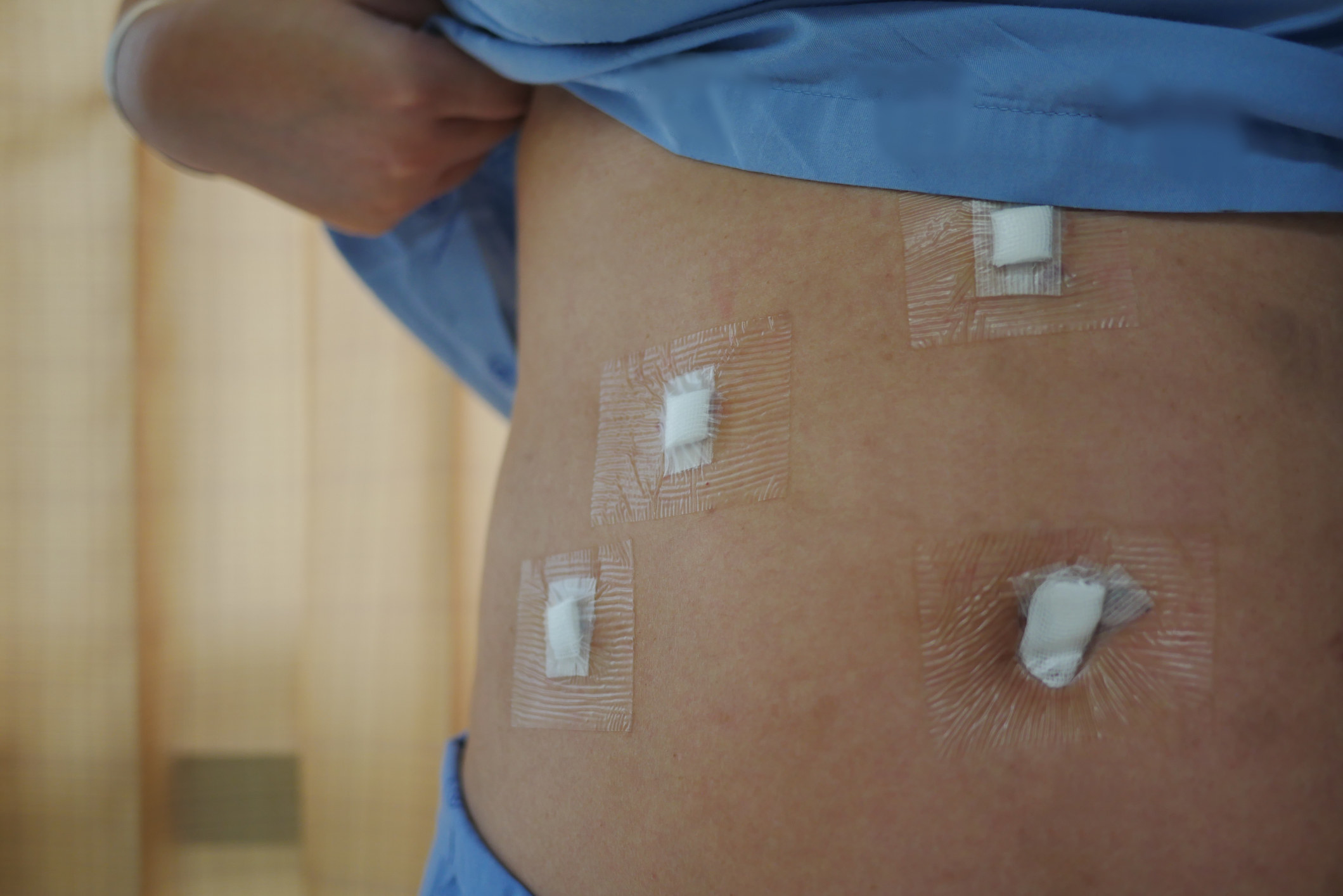
Ana Pavlovska is one of the thousands of Australian women hospitalised for endometriosis this year.
"It was my third laparoscopy and they found even more endometriosis and scraped it out," the 26-year-old Melbourne healthcare worker told BuzzFeed News.
Endometriosis occurs when endometrial-like tissue, similar to the tissue normally found lining the uterus, is found in other parts of the body, such as the ovaries, fallopian tubes and the outside of the uterus. Up to a quarter of women with endometriosis are asymptomatic, but most experience dysmenorrhea (painful periods), chronic pelvic pain and painful sexual intercourse, and between 30% and 50% of endometriosis patients experience fertility issues.
There were 34,200 hospitalisations for endometriosis in the financial year 2016-2017, 95% of which involved at least one procedure, a report released today by the Australian Institute of Health and Welfare (AIHW) has revealed.
The report offers new insights into the prevalence of endometriosis: almost 7% of women aged 25 to 29 and 11% of women aged 40 to 44 have been diagnosed with the condition.
Pavlovska began menstruating when she was eight years old and suffered debilitating pain during menstruation for the next decade.
Diagnosis of endometriosis is often delayed, with an average of seven years between onset of symptoms and diagnosis.

"It ramped up a lot when I was 16 and then once I got to uni I was fainting from pain and ending up in an ambulance and they couldn't work out what was wrong with me," Pavlovska said. "It was causing migraines and vertigo."
Pavlovska had her first laparoscopy, a keyhole surgery used to examine or operate on the interior of the abdominal or pelvic cavities — and the gold standard procedure for endometriosis diagnosis — when she was 19.
The surgeons scraped out scarring and lesions during that surgery, again two years later, and again earlier this year. But Pavlovska said the pain comes back after a few months each time.
"I started seeing a pain management specialist and doing more nerve blocking to try and remediate the pain because I've had it so long it has rewired my nerves," she said.
Most endometriosis-related hospitalisations were partly or fully funded by private health insurance (57%), a further 35% were for public patients, and 7.9% were for self-funded patients, the report found.
Endometriosis-related hospitalisations were twice as likely to be self-funded as all hospitalisations for women.

Adelaide student Laura, who asked not to include her last name for privacy reasons, endured nine years of pain without a diagnosis before she had a laparoscopy when she was 24.
"It feels like pressure building in your abdomen," the 25-year-old told BuzzFeed New. "It feels like there is a snake made of barbed wire and it is just churning and shredding your insides."
Laura had a hormonal intrauterine-device (IUD) — which can help some people manage endometriosis symptoms — inserted during her laparoscopy, but still deals with pain.
"It is definitely easier to manage and deal with because there is less pain overall but I still have [painkillers] as back up," she said. "People don't realise it is not just having endometriosis and you deal with pain once in a while, but it's the physiotherapy, its the pain killers, its the time you're having to spend waiting for surgery."
AIHW spokesperson Claire Sparke said the data on hospitalisations likely reflected the more severe cases, and does not account for all incidences of endometriosis.
"Around six in every 1000 hospitalisations of women [were endometriosis related] and nearly four in five of those hospitalisations were women of reproductive age, so 15 to 44 years old," Sparke told BuzzFeed News. "These hospitalisations were almost twice as likely to be self funded as other hospitalisations for women, but we don't know the reasons why."
Sparke said she hoped the research would increase awareness and knowledge.
"We hope it can be used to develop policies to manage endometriosis and inform initiatives like the national action plan for endometriosis."
